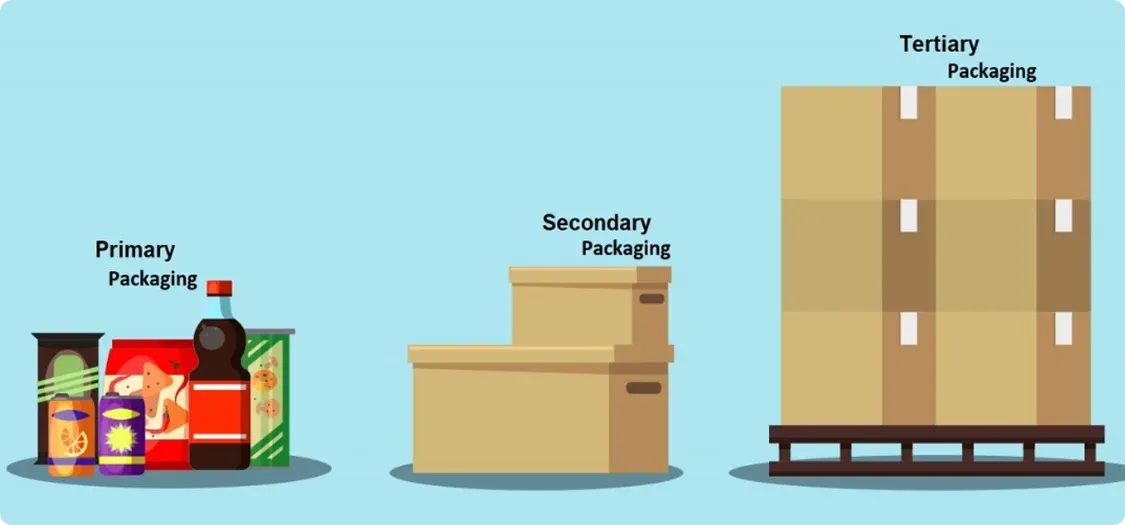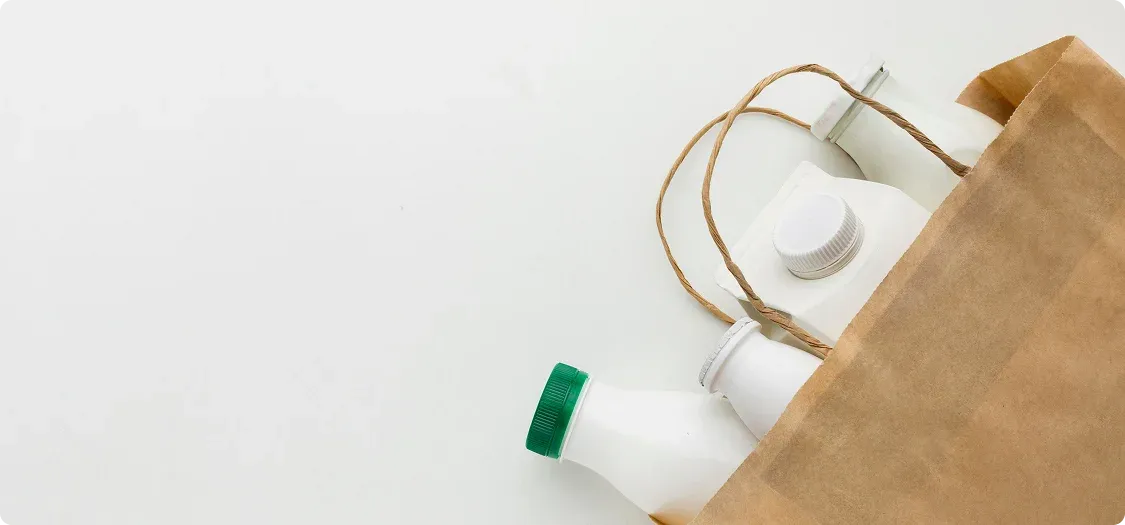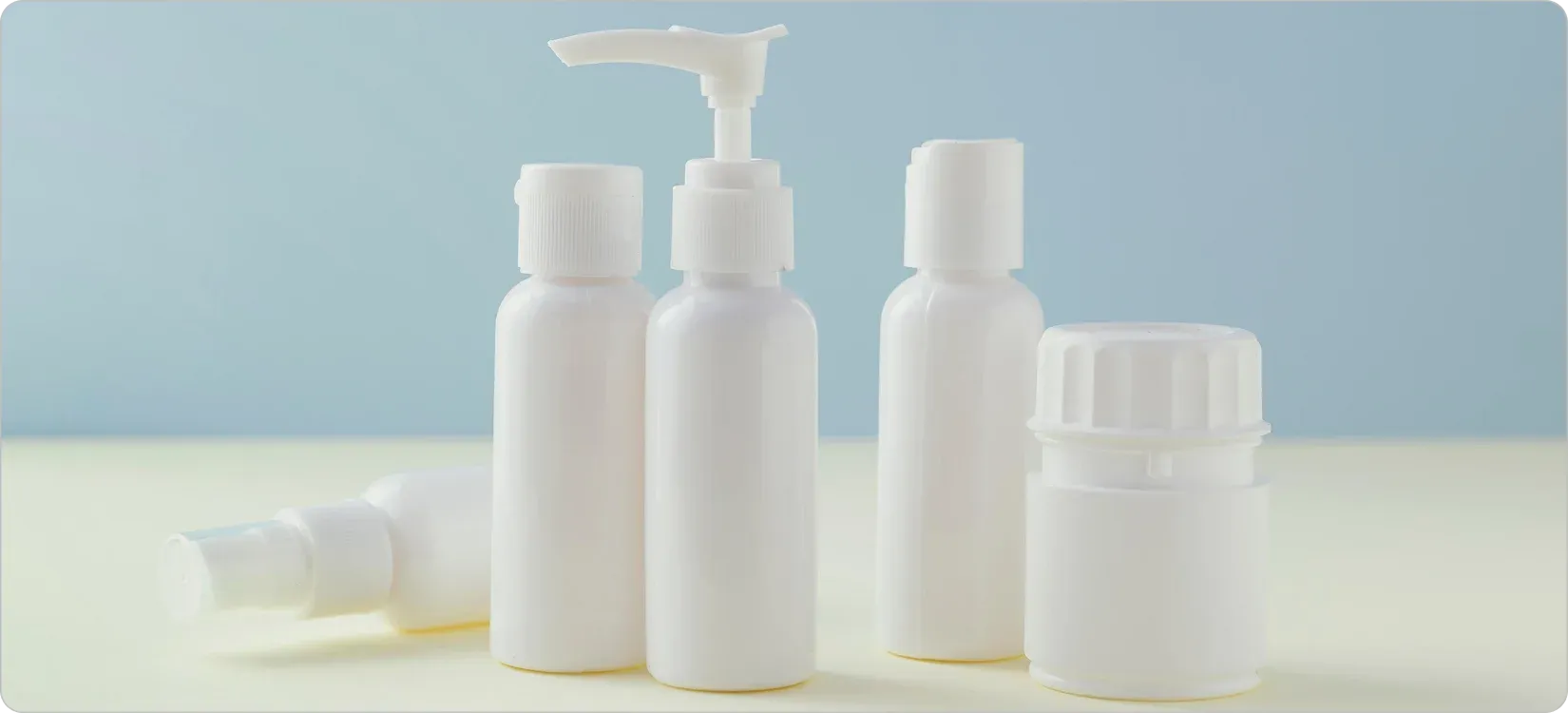When two identical products sit side by side on a shelf, what makes a customer reach for one over the other? More often than not, it's the packaging.
Product packaging does far more than just hold items. It protects products during shipping, communicates brand values, influences purchase decisions, and ensures regulatory compliance. For businesses launching new products or refining existing ones, understanding packaging fundamentals can make the difference between success and sitting on unsold inventory.
What Product Packaging Really Means
Product packaging refers to all the materials used to wrap, protect, contain, and present a product from manufacturing to end use. This includes everything from the bottle that holds shampoo to the cardboard box that protects electronics during shipping.
Beyond simply containing products, packaging serves multiple critical functions. It preserves product quality, conveys essential information, creates brand recognition, and provides a positive customer experience from the moment someone receives their order.
Why Packaging Deserves Strategic Attention
Many businesses treat packaging as an afterthought, focusing energy on product development while settling for generic containers. This approach overlooks how packaging directly impacts business success.
Protection and preservation: The right packaging keeps products intact and functional throughout their entire journey. A perfectly formulated skincare product loses its value if the container allows contamination or the ingredients degrade due to light exposure.
Silent salesmanship: In retail environments and online marketplaces, packaging often makes the first impression. Within seconds, it needs to communicate what the product is, who it's for, and why it matters. Strong packaging design captures attention and clearly differentiates products from competitors.
Credibility building: Professional packaging signals that a business cares about quality and details. Customers instinctively trust products that look well-made and thoughtfully presented. Poor packaging raises doubts about what's inside.
Brand recognition: Distinctive packaging creates visual consistency that helps customers recognize products instantly. Think of recognizable brand packaging colors, shapes, or designs that stick in memory long after the initial encounter.

Understanding Packaging Layers
Product packaging typically consists of three distinct layers, each serving specific purposes.
Primary Packaging
Primary packaging makes direct contact with the product itself. Examples include plastic bottles for liquids, glass jars for creams, tubes for ointments, and pouches for powders.
This layer matters most for product integrity. The wrong material choice can cause ingredients to break down, alter product performance, or create safety issues. Primary packaging must be compatible with what it contains while maintaining product quality throughout its shelf life.
Secondary Packaging
Secondary packaging groups primary containers together or provides additional protection. This includes boxes that hold multiple bottles, display cartons that enhance shelf presentation, or shrink wrap that bundles items.
This layer serves both practical and marketing functions. It simplifies handling and shipping while creating opportunities for enhanced visual appeal and customer experience.
Tertiary (Shipping) Packaging
Tertiary packaging protects products during transportation and storage. Corrugated shipping boxes, protective cushioning, pallets, and outer wrapping fall into this category.
While less visible to end customers, this layer prevents damage and ensures products arrive in sellable condition. Inadequate shipping packaging leads to returns, replacements, and damaged brand reputation.
Material Selection Fundamentals
Choosing the right packaging material requires balancing multiple factors, including product compatibility, cost, durability, and customer expectations.
Plastic offers versatility, durability, and lightweight properties that reduce shipping costs. Available in numerous forms from rigid bottles to flexible pouches, plastic works well for liquids, powders, and products requiring moisture barriers. Modern recycling programs have also improved plastic's environmental profile.
Glass provides an upscale feel and complete product protection from oxygen and contaminants. It's ideal for products where purity matters, such as essential oils, perfumes, or premium cosmetics. The tradeoffs include higher weight and fragility.
Paper and cardboard appeal to environmentally conscious consumers and work well for dry products or as secondary packaging. These renewable materials communicate natural values and can be surprisingly strong when properly engineered.
Metal excels at protecting contents from light, air, and moisture. Aluminum and tin containers suit products like mints, tea, or specialty foods where extended freshness matters.
The best material depends on specific product requirements, target customer preferences, budget constraints, and brand positioning.
Design Elements That Drive Results
Effective packaging design balances aesthetic appeal with functional performance.
Color psychology influences how customers perceive products before reading a single word. Blue conveys trust and reliability. Green suggests natural or organic qualities. Black communicates premium positioning. Red creates energy and urgency. Successful packaging aligns color choices with both product category expectations and brand identity.
Shape and structure affect more than visual appeal. Container shape influences shipping efficiency, storage requirements, shelf presence, and user experience. Unique shapes stand out but must still function practically for manufacturing, filling, shipping, and customer use.
Label design must accomplish multiple goals in a limited space. It needs to communicate required regulatory information, persuade customers, and maintain visual clarity. Effective labels create a clear visual hierarchy, ensuring the most important information captures attention first.
Functionality features like dispensing mechanisms, closures, and openings directly impact customer satisfaction. Easy-to-use packaging enhances the product experience, while frustrating closures or awkward dispensers create negative associations.
Navigating Regulatory Requirements
Product packaging must comply with regulations specific to each product category and market. These rules exist to ensure consumer safety and fair business practices.
Food packaging follows FDA standards for material safety and labeling requirements. Cosmetic packaging must meet specific ingredient disclosure rules. Pharmaceutical and supplement packaging faces even stricter regulations around safety features and information disclosure.
Common regulatory concerns include:
- Mandatory label information and formatting
- Approved materials for food or body contact
- Required safety warnings and usage instructions
- Restrictions on marketing claims
- Proper sealing and tamper-evidence requirements
Non-compliance can result in product recalls, legal penalties, and business closure. When questions arise about packaging regulations, consulting with experts familiar with specific product categories prevents costly mistakes.

Addressing Environmental Considerations
Consumer awareness of environmental issues has made sustainable packaging a significant purchase factor. Customers increasingly evaluate whether packaging can be recycled, contains recycled content, minimizes waste, or uses renewable materials.
Businesses don't need perfect environmental credentials, but they do need honest, substantive approaches. Making misleading environmental claims damages credibility when discovered.
Practical sustainable packaging strategies include:
- Incorporating recycled materials where product safety allows
- Designing packaging that uses only necessary materials
- Choosing materials with an established recycling infrastructure
- Clearly communicating recycling instructions
- Selecting materials that align with target customer values
Avoiding Common Packaging Pitfalls
Several packaging mistakes appear repeatedly across industries, each with preventable consequences.
Unnecessary complexity: Overcomplicated packaging designs increase costs, create manufacturing challenges, and confuse customers. Simplicity often wins, especially when it communicates honestly and directly.
Skipping real-world testing: Packaging that looks perfect in computer renderings may fail in actual use. Testing prototypes with real customers reveals functionality issues before committing to large production runs.
Ignoring the complete journey: Packaging must perform well at every stage from manufacturing through customer use. Beautiful packaging that arrives damaged or breaks during normal use undermines everything else.
Following competitors blindly: Just because competitors use certain packaging doesn't make it optimal. Category conventions sometimes represent collective missed opportunities rather than best practices.
Cutting quality to save pennies: Cheap packaging that fails costs far more through returns, replacements, and reputation damage than investing in adequate quality upfront.
Making Packaging Decisions
A systematic approach to packaging selection helps navigate the many variables involved.
Start with product requirements: What does the product need to maintain quality, safety, and effectiveness? Let these non-negotiable requirements establish the foundation for all other decisions.
Consider the customer journey: Where will customers first encounter the product? How will they use it? What concerns or priorities matter most to them? Packaging should address real customer needs and preferences.
Align with brand positioning: Packaging should visually and functionally reflect brand values. Premium brands need packaging that feels premium. Eco-focused brands need packaging that demonstrates environmental commitment.
Balance quality and economics: Packaging represents an investment in product success, but it must make financial sense. Find options that deliver the necessary quality within budget constraints.
Test before scaling: Order samples from potential suppliers. Ship test packages. Have target customers interact with prototypes. Gather feedback and refine before placing large orders.
Finding the Right Packaging Partner
Most businesses work with specialized packaging suppliers rather than attempting to manufacture their own containers. The right partner brings expertise that prevents costly mistakes.
Quality suppliers ask questions to understand specific needs, product requirements, target customers, and business goals. They offer solutions based on experience rather than simply fulfilling orders as specified.
Companies like CasePak specialize in custom plastic bottles and packaging solutions, working with businesses to navigate material choices, design options, and practical constraints. These partnerships work best when suppliers become invested in customer success rather than just completing transactions.

The Future of Packaging
Packaging is far more than a container; it's an investment in product success, brand reputation, and customer satisfaction. From selecting the right materials to designing for functionality and appeal, every packaging decision impacts how customers perceive and experience a product.
The businesses that succeed are those that treat packaging as a strategic priority rather than an afterthought. They understand that great packaging protects their products, communicates their values, and creates memorable experiences that keep customers coming back.
Whether launching a new product or refining an existing one, partnering with experienced packaging specialists makes the journey smoother and the results stronger. CasePak brings expertise in custom packaging solutions, helping businesses navigate material choices, design considerations, and practical challenges. With the right guidance and quality packaging that aligns with business goals, products can stand out in crowded markets and deliver on their promise from the warehouse to the customer's hands.


